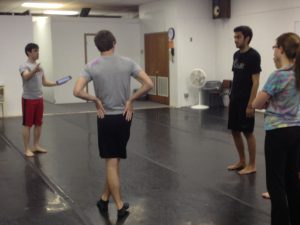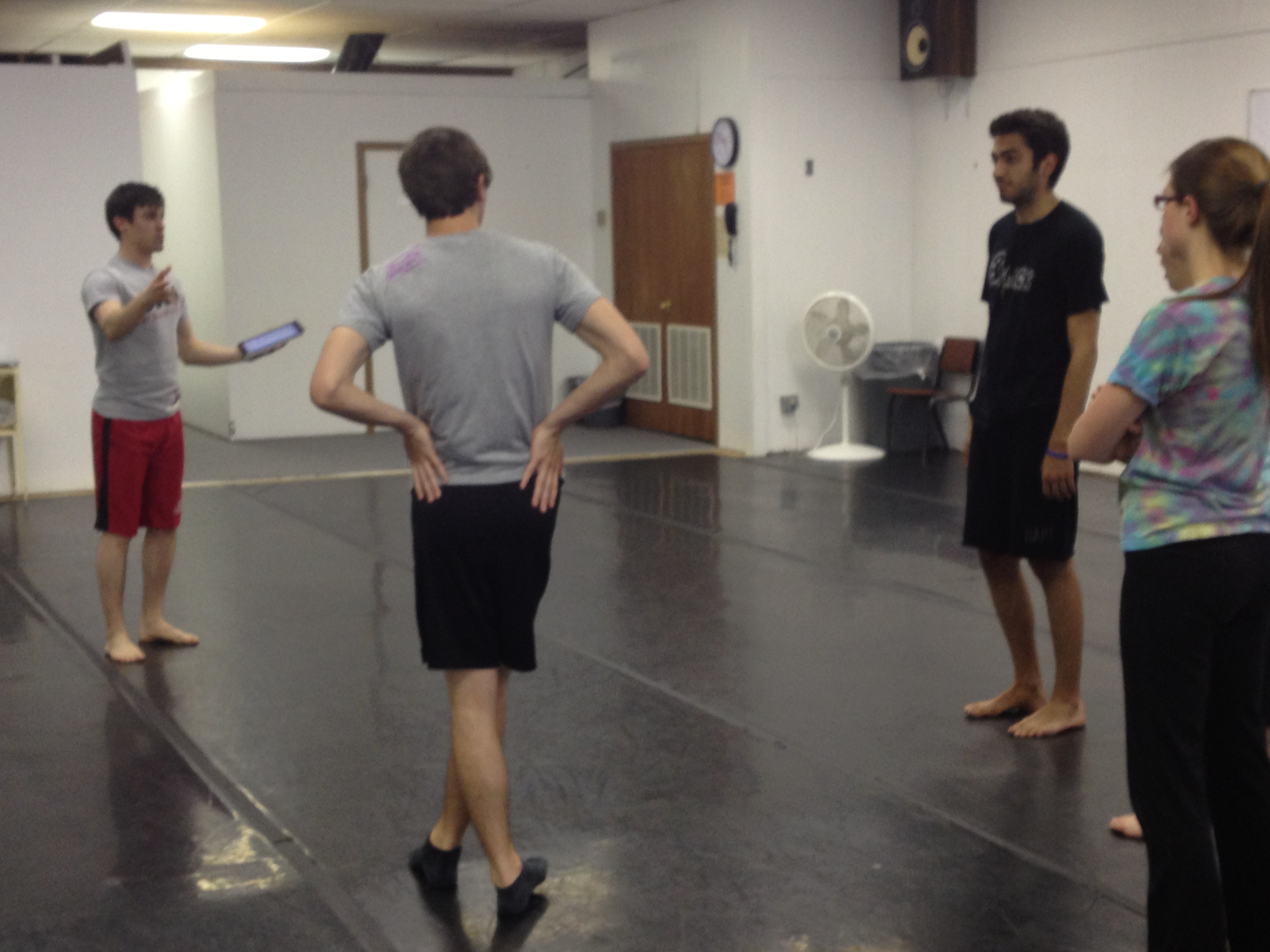Assistant Professor of Astronomy and Physics, Greg Mack, is collaborating with both science and dance students to explain the creation of the universe as part of a Science Lecture Series Presentation to be performed on May 2.

Mack’s goal, which is based off of a TedX presentation model, will be to use dancers instead of a PowerPoint as a visual aid.
TedX is a program with growing popularity designed to give communities, organizations and individuals the opportunity to stimulate dialogue through interesting speeches.
Mack said he had been thinking for a while of a good way to incorporate science and dance, when he stumbled across a video presentation by John Bohannon, the creator of the “Dance Your PhD” competition, which challenges scientists and others to come up with ways to express their research and studies through dance.
“We will be explaining the history of the universe, from the Big Bang until present day,” said junior Tessa Cannon, a zoology major and dance minor.
“It is a really great opportunity to combine two disciplines that would normally be seen as completely different,” said Cannon. “I think this is a really interesting way to help people understand really complex ideas.”
Cannon said practices have been a great learning experience.
“Since not everyone participating has taken astronomy, many of the more complex ideas are new to us and Dr. Mack always takes the time to explain them so we know exactly what is guiding our movement.
“I think it’s really fascinating to see those two worlds come together,” junior Jordan Ahmed said.
“You realize that there’s an underlying art to science and vice-versa.”
Ahmed said blurring the line between science and art has been a fulfilling experience.
“Getting to dance as a photon is something I don’t think I’ll ever get to do again,” he said.
“It’s no surprise that so many inventors in the past drew from the arts, and that’s a bridge we’ve long forgotten.” he said.
Senior Brittany Robertson decided to help because she has worked on several dance projects with Mack in the past.
Robertson said there are strong intellectual benefits to multi-disciplined learning techniques.
“Studies have shown that if students are able to interact with course material in more than one way- seeing, hearing, etc., they are more likely to remember the information,” Robertson said.
She said the use of dance will make things clearer for viewers.
“It’s a fascinating topic about the movement of both incredibly massive and incredibly minuscule parts of our universe,” Robertson said. “Sometimes it’s difficult to imagine things on such a huge scale, so performing it in terms of body movement can make the information more relevant to viewers.”
Mack said dancers provide him with unique advantages in presenting his ideas.
“Since I’m using dancers, I can ask them to perform movements that aren’t so pedestrian, but I can add those in as well,” Mack said. “I also had to figure out the right text to say, and what to include. Some aspects are just too difficult to represent in this style, and so I had to discern exactly what message I wanted to get across.”
“In thinking through what to say and how the dancers should dance, I had to let the science and dance talk to one another, in a sense, to influence each other in order to express the ideas I want the audience to learn.”
The performance is open to the public and will be in the Schimmel-Conrades Science Center on May 2 from 4:30-5 p.m. in the Atrium.
